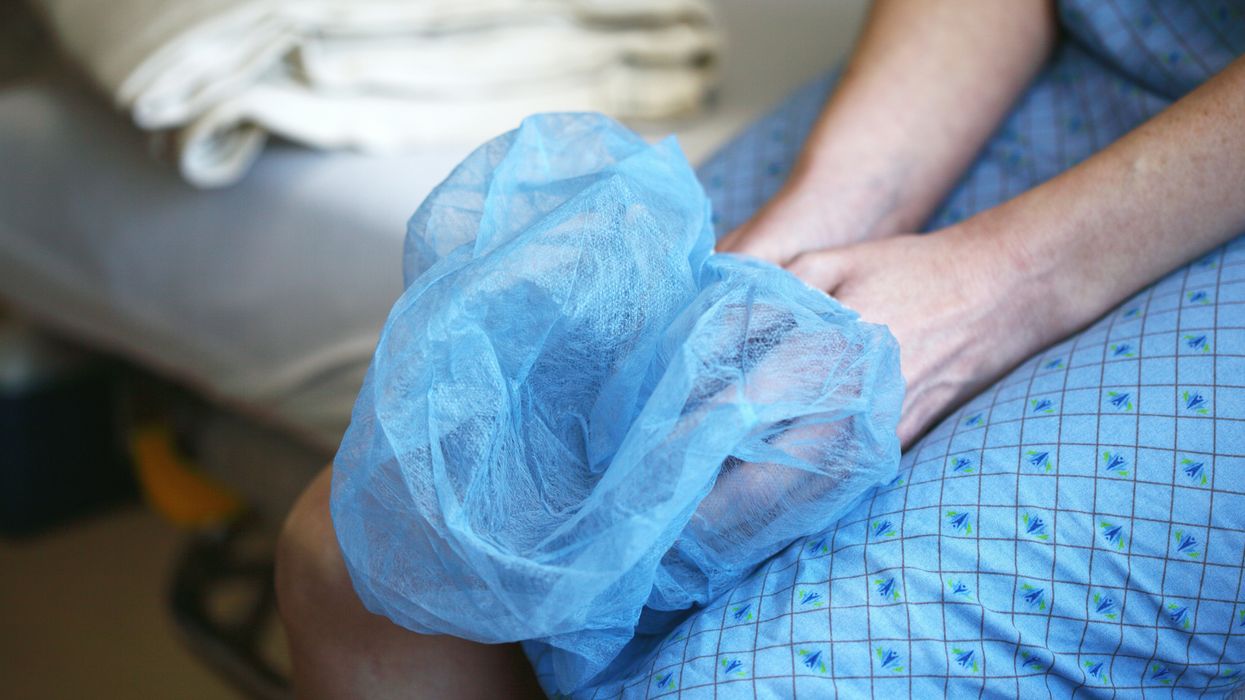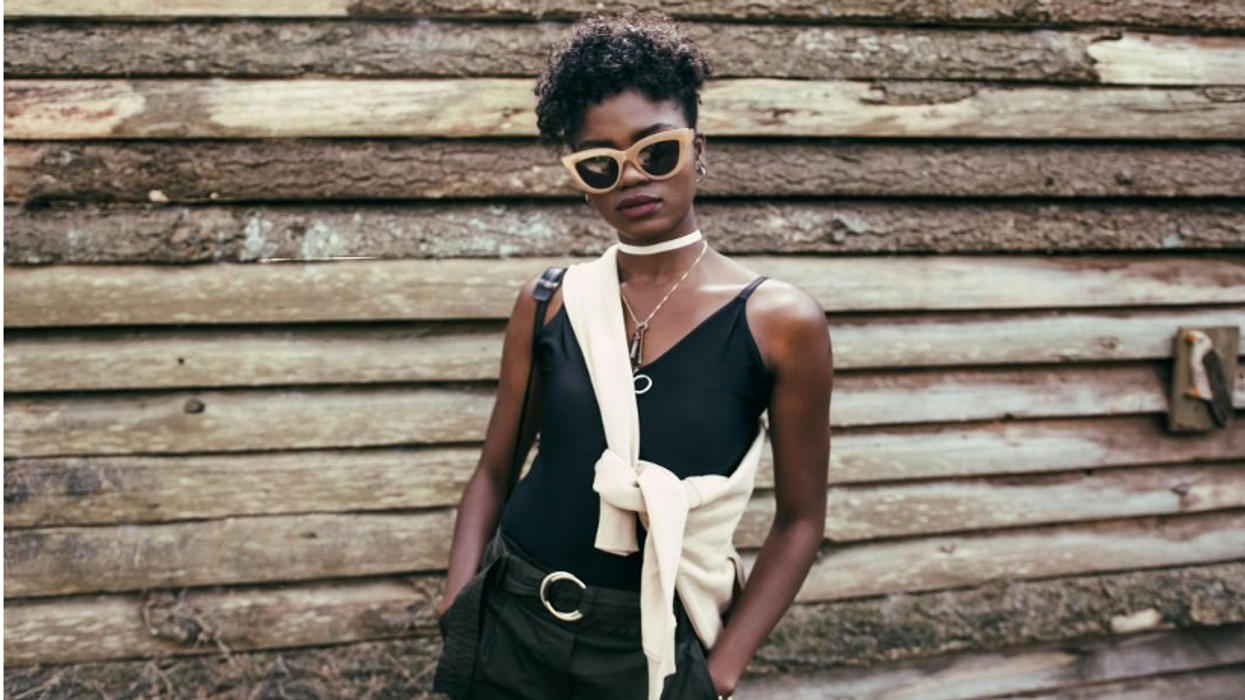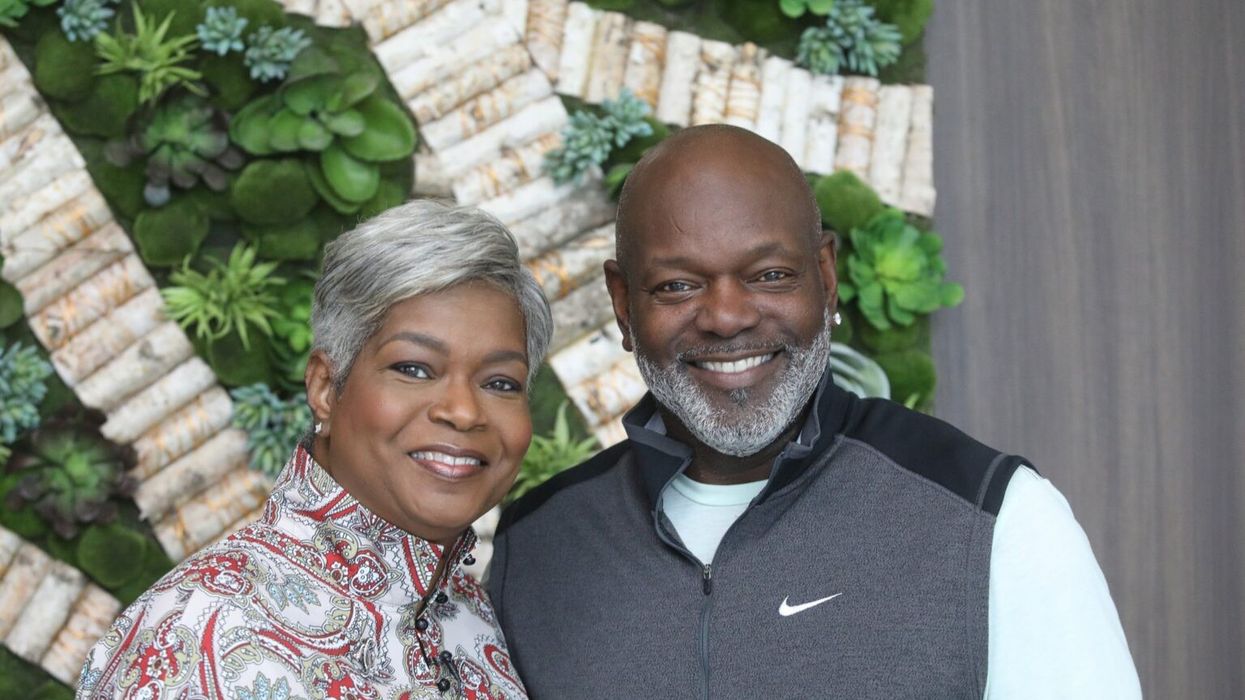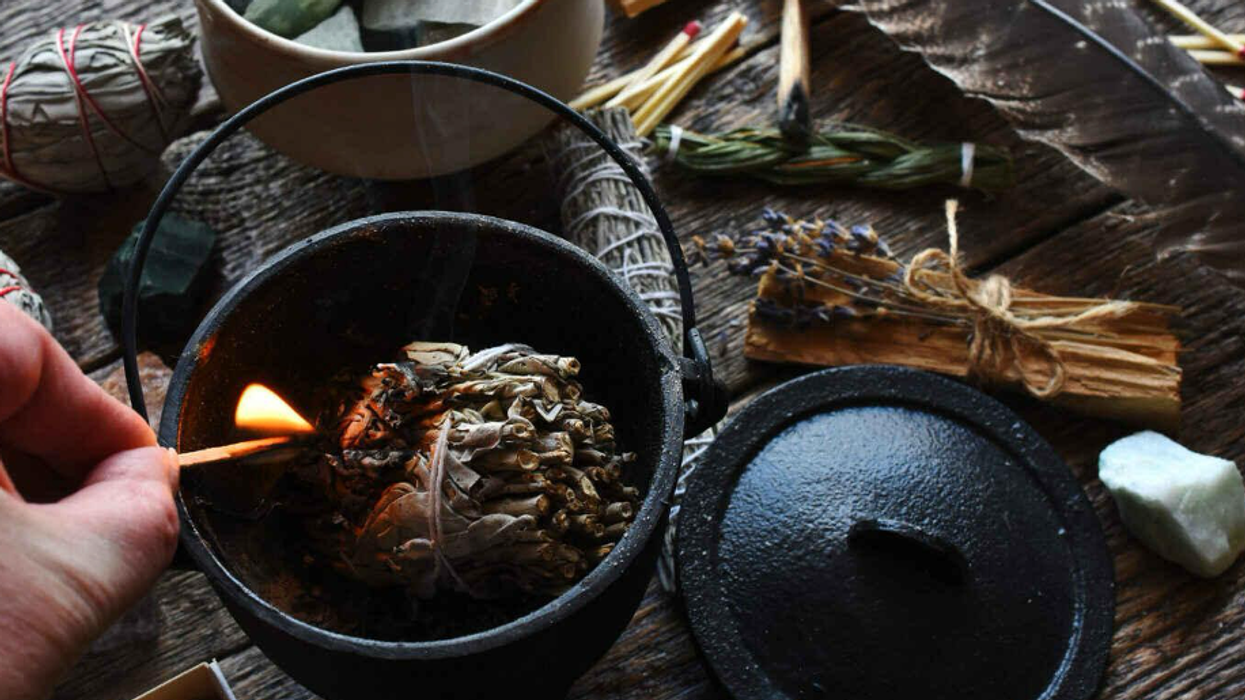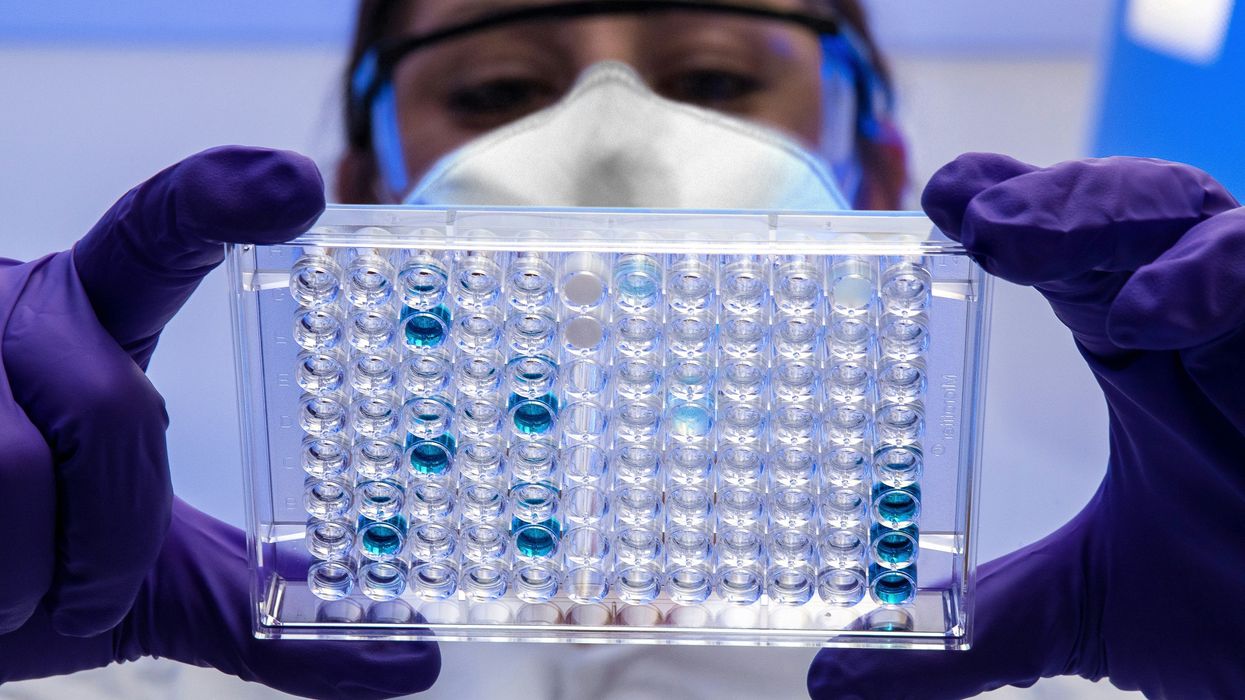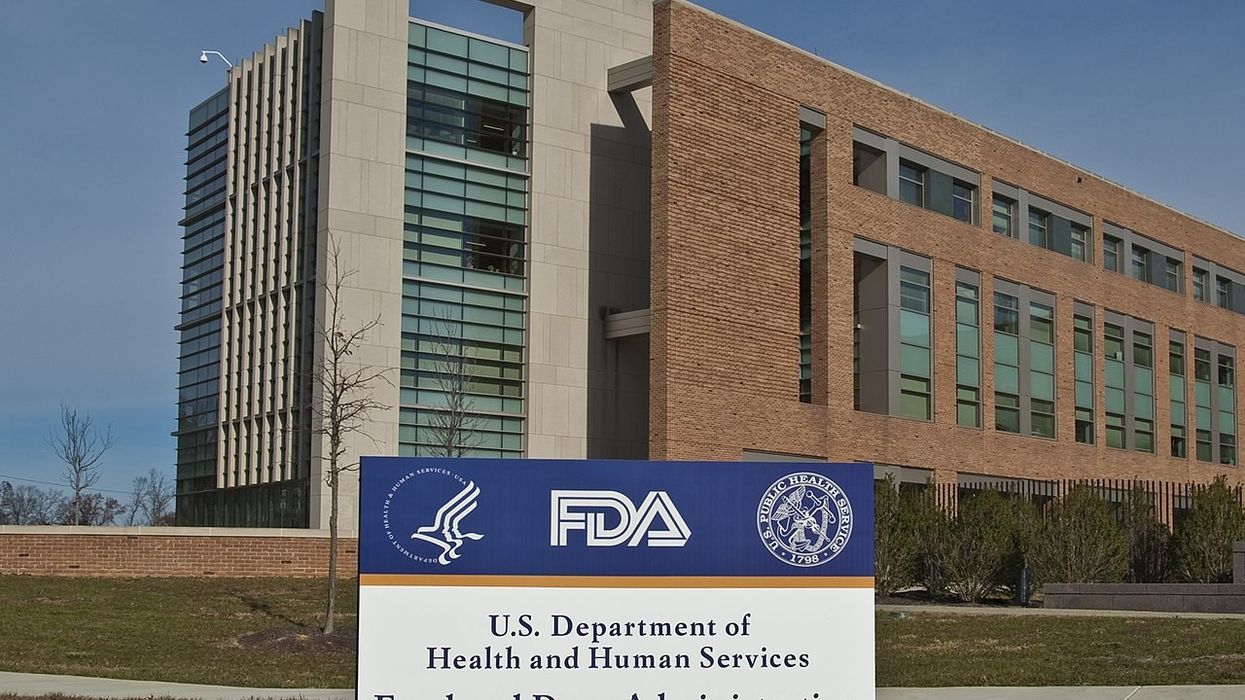There is a quiet healing that takes place when we choose to give—not just materially, but emotionally and spiritually. In a world that often feels fractured, the simple act of reaching out—of offering time, resources, or kindness—becomes a balm for the soul.
Giving isn’t just about charity; it’s about connection. It draws us out of isolation and grounds us in a shared humanity. It allows us to transform our own wounds into pathways of healing for others—and, in turn, for ourselves.
A Personal Prescription for Healing
“Giving back has been shown to boost happiness, reduce stress, enhance self-esteem and strengthen social connections,” according to Megan Hays, Ph.D., a clinical psychologist at the University of Alabama at Birmingham.
When we give, we affirm that we have something to offer, even in our own brokenness. For those who’ve experienced loss, illness, or trauma, giving can become a lifeline. It shifts our focus from what’s missing to what’s possible.
As Dr. Froswa Booker-Drew, co-founder of the Heritage Giving Circle, shared, “Giving makes you feel so much better. It’s empowering to see how God can work through you. And it doesn’t have to be big—it can be time, talent, or whatever you have in your hands.”
Reclaiming Joy Through Service
Sometimes, the most healing gift you can give is simply to show up—for a neighbor, a friend, or a stranger in need. Service can bring back a sense of purpose, especially when life has taken a difficult turn. It’s not uncommon for people battling their own struggles to find strength in helping others.
Survivors of cancer, for instance, often speak of how volunteering or mentoring newly diagnosed patients became a turning point in their emotional recovery. Giving gave them back their voice, their sense of agency, and a new reason to keep going.
The Spiritual Return on Generosity
Giving feeds the soul because it reflects the divine within us. It invites us to become vessels of grace, even in our imperfection. Every shared meal, every donated dollar, every encouraging word becomes part of a ripple effect that can change lives.
In many cultures, especially in the Black community, giving is a sacred tradition rooted in faith and love. It’s less about recognition and more about responsibility—serving not because we have to, but because we understand the power of showing up for one another.
"When we give, we remember what God has brought us through,” said Dr. Booker-Drew. “We give because we’ve been given so much.”
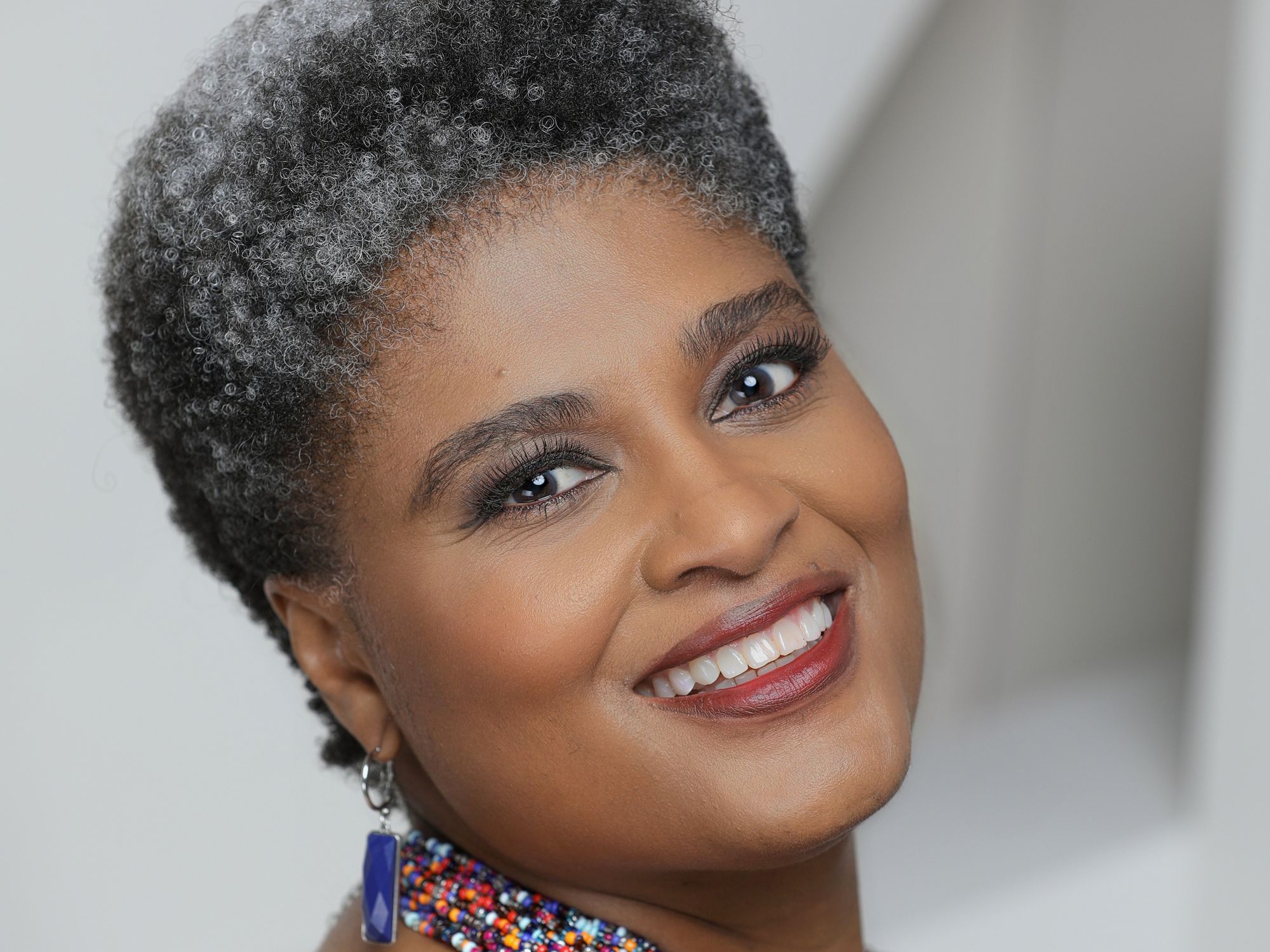 Dr. Froswa Booker-Drew is the co-founder of the Heritage Giving Circle, an organization that promotes Black philanthropy and supports Black women-led nonprofits.
Dr. Froswa Booker-Drew is the co-founder of the Heritage Giving Circle, an organization that promotes Black philanthropy and supports Black women-led nonprofits.A Culture of Giving
Giving has always been a cornerstone of the Black community—a quiet force passed down through generations, rooted in faith, resilience, and a deep commitment to one another. Whether through tithes at church, sharing a hot meal with a neighbor, or pulling together funds for a family in crisis, giving is more than an act—it’s a culture of care.
According to Donors of Color Network, Blacks Americans give a higher percent of their net income to charitable causes than any other ethnic group.
“I think whether we look at it in our churches as tithing or whether we look at it as just service… it is still giving. In my own family, I watched folks raise children that were not theirs—that were cousins or nieces—and they took them in and raised them. That’s giving. In our community we just do that naturally. I remember my mom, growing up—she would take fruit baskets to seniors, and she'd get these little cards and put $5 in them. That was one of the things I saw growing up as service, and it help to shape my personal giving,” said Dr. Booker-Drew.
According to Dr. Booker -Drew, when we give, we shift the focus away from our own pain and toward the possibility of healing someone else. That act alone can be a powerful step in our own recovery.
“In our community, I don’t think we call it philanthropy. I think we just expect it—but it's important for us to own that we are philanthropists. We’ve always been philanthropists. It’s a part of our culture,” said Dr. Booker-Drew, who is the author of the book, Front Porch Wisdom.
In times of crisis—whether personal or global—giving binds us together in healing ways. It gives us a reason to keep going, and in doing so, it becomes a lifeline for others and a lifeline for ourselves.

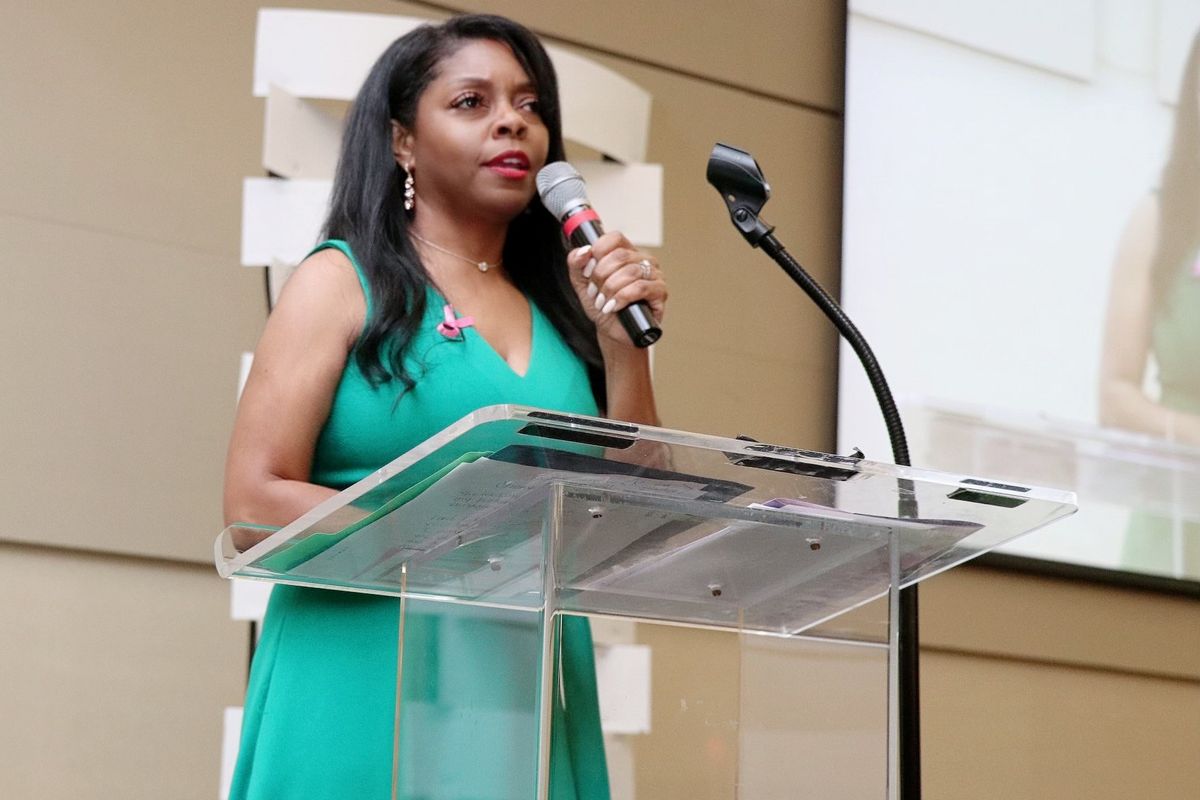






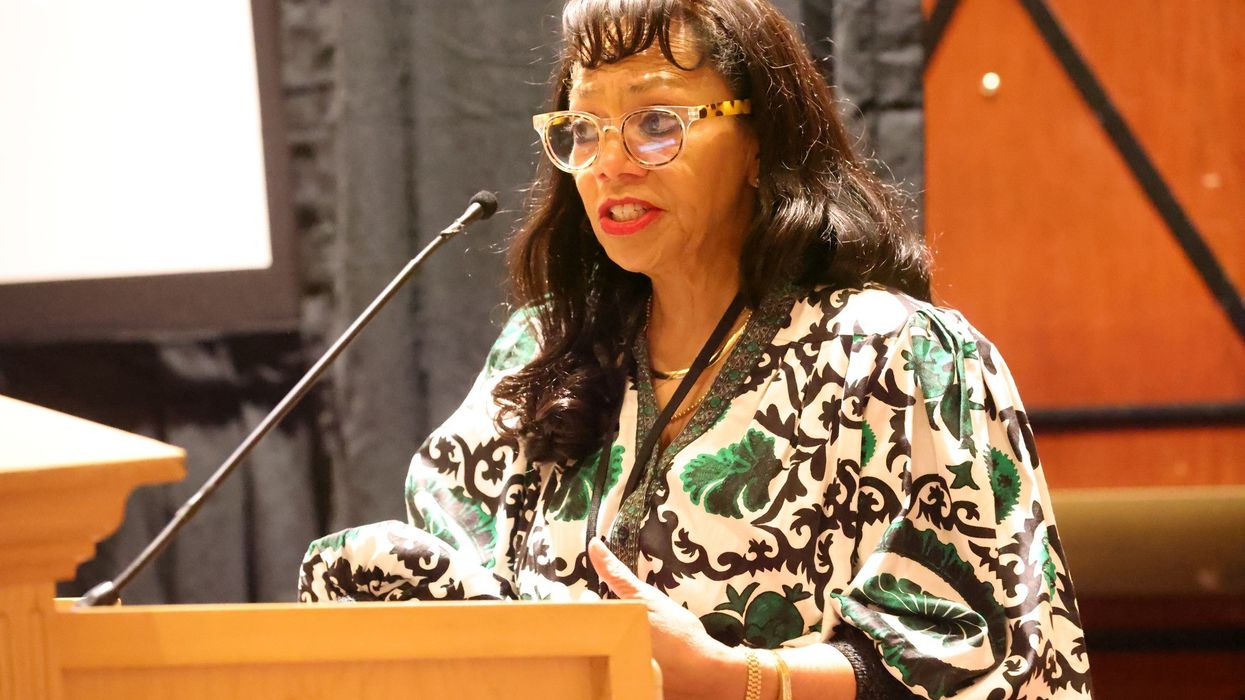
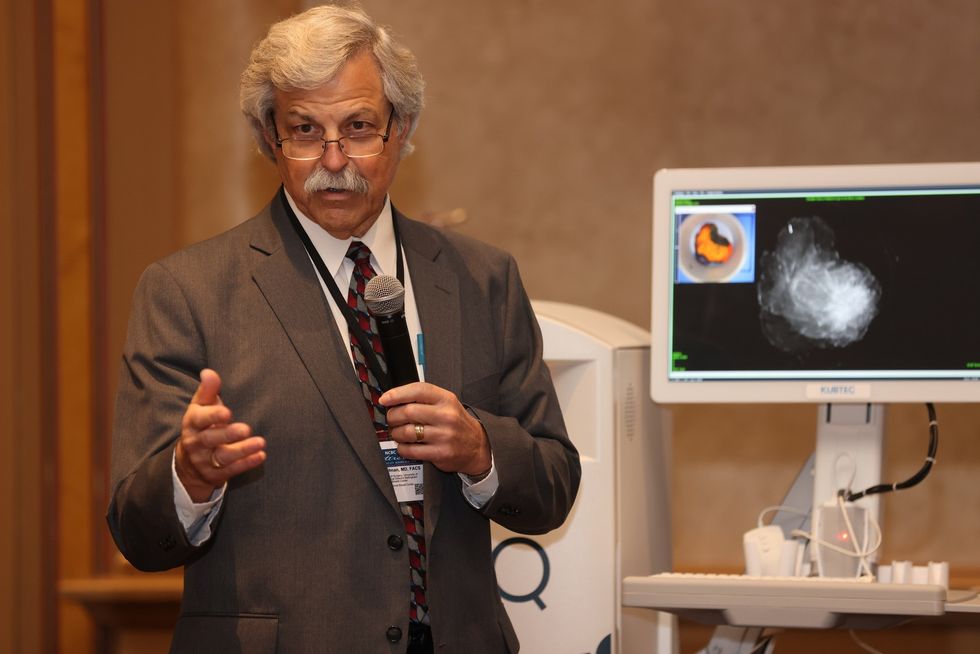 Dr. Cary S. Kaufman teaches the "Essentials of Oncoplastic Surgery" course through the National Consortium of Breast Centers, providing breast surgeons around the world with advanced techniques for optimal breast surgery outcomes.
Dr. Cary S. Kaufman teaches the "Essentials of Oncoplastic Surgery" course through the National Consortium of Breast Centers, providing breast surgeons around the world with advanced techniques for optimal breast surgery outcomes.
